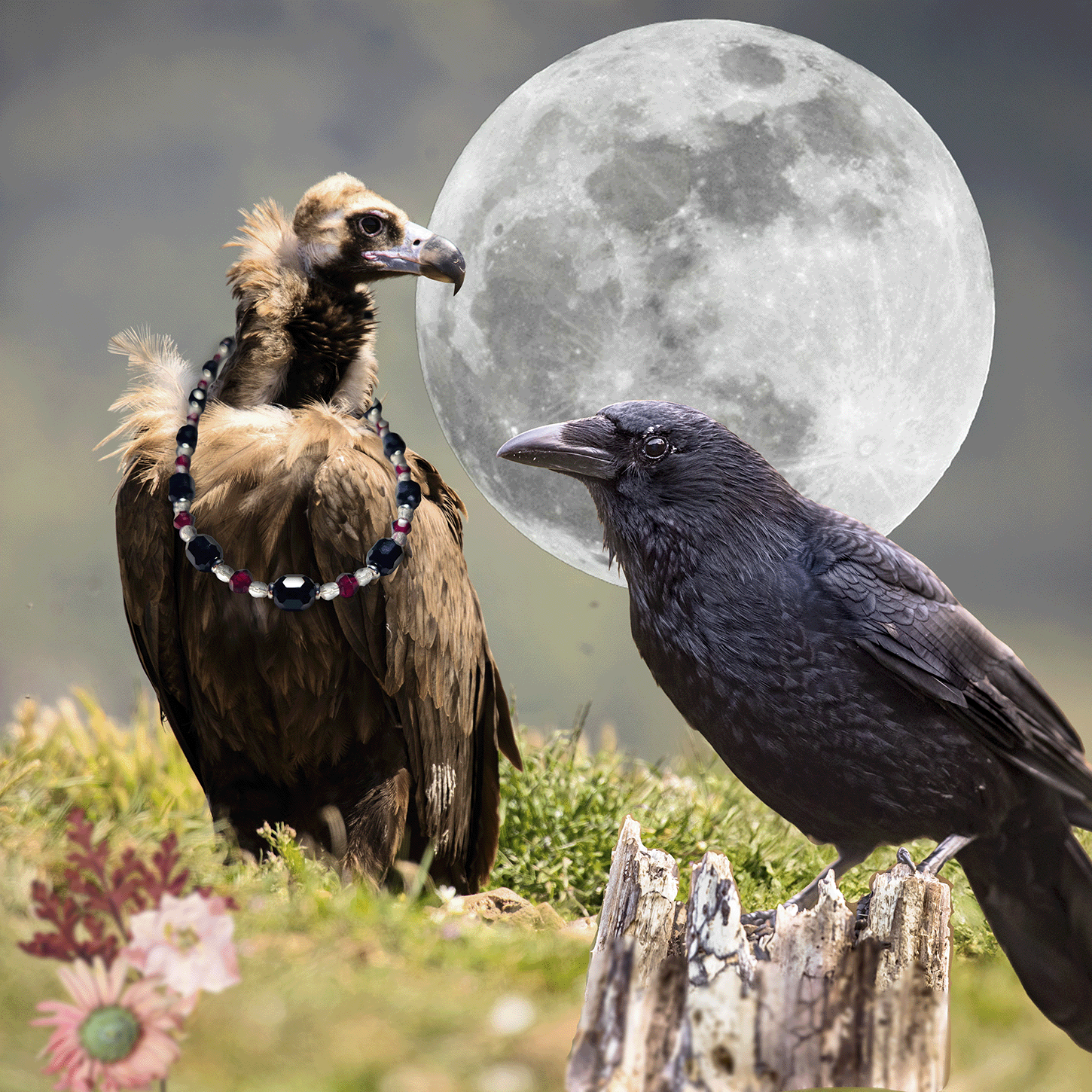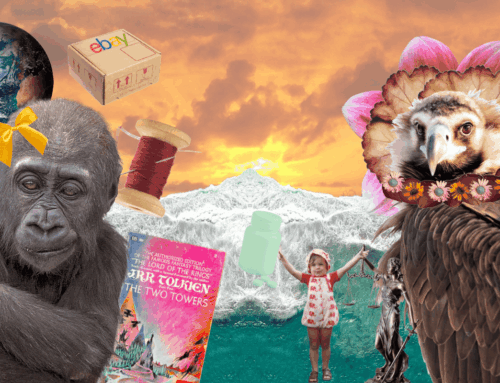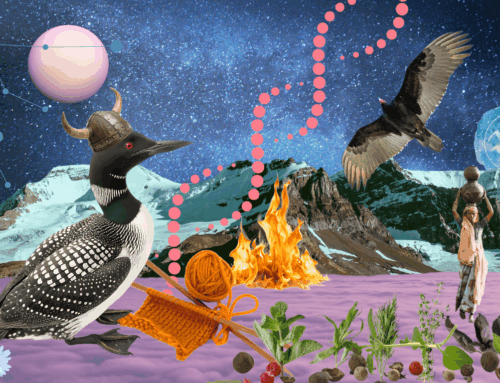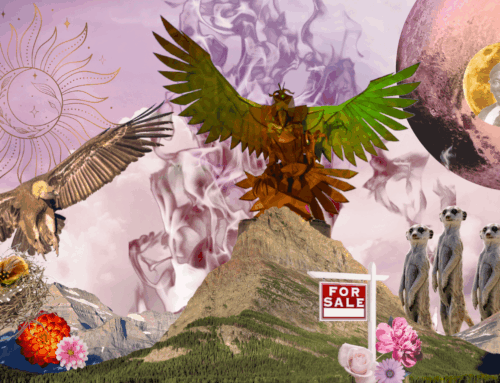
Title: Crafting Stories in Beads: An Interview with Chelsea of Abalone Crow
Jewelry is more than just an accessory; it’s a form of art, history, and self-expression. I recently sat down with Chelsea, the creative mind behind Abalone Crow, to talk about her journey into beading, the artistry behind her work, and our recent collaboration on custom necklaces. What followed was a conversation full of insight, history, and a shared love for quality craftsmanship.
Barbara Evans: Chelsea, it’s so great to chat with you! Let’s start at the beginning—how did you get into beading?
Chelsea: Thanks, Barbara! My background in art really started in high school, like a lot of artists, just sketching and experimenting. But beading came much later. I wasn’t in a museum or a shop when the idea hit me—I was just in Montana, in May of 2023, and something clicked.
Living in the Pacific Northwest, I was also drawn to trade beads—these tiny, colorful pieces played a huge role in shaping the region’s history. Once I started working with them, I realized beadwork was the perfect combination of my love for history, art, and storytelling.
Barbara Evans: I love that! You mentioned history—how does that influence your designs?
Chelsea: Oh, so much! Beads have been used for trade, communication, and self-expression for centuries. Take trade beads, for example—they were made in Italy and Czechoslovakia, and to this day, the Czech Republic is still a leader in bead-making. When I work on a piece, I’m not just picking pretty colors. I think about what these materials meant in the past, the cultures they were a part of, and how they’ve been valued over time.
Even the word bead comes from an ancient term meaning “to pray.” Beads are deeply tied to human connection, and that’s why I see jewelry as more than an adornment—it’s wearable art, a conversation starter, and a personal expression.
Barbara Evans: That’s such a beautiful perspective. When we collaborated on the custom necklaces, I saw firsthand how much thought you put into colors, materials, and the overall aesthetic. Can you walk us through your creative process?
Chelsea: Absolutely! It usually starts with a “lead bead”—a color or material that serves as the foundation. From there, I match complementary tones, textures, and metals. For our project, finding the right purple was key. Once we nailed that, everything else fell into place.
Since you wanted necklaces that reflected your brand but also felt universal, I made sure they weren’t overly gendered, worked with different skin tones, and could be worn casually or dressed up. I also considered materials like Canadian jade, clear crystal, and sterling silver to ensure they were high-quality but accessible. There’s something special about knowing that these pieces won’t just sit in a drawer—they’re part of people’s everyday lives.
Barbara Evans: That’s exactly why I wanted to do this instead of some generic corporate gift! A custom, handcrafted piece of jewelry carries so much more meaning. What was your experience working on this project?
Chelsea: Honestly, it was a dream! You have a strong artistic background, so we spoke the same language when it came to color theory and design choices. That made the process really smooth. The best part was getting to research historical colors and materials—like matching the Egyptian pendants you brought back with the right lapis lazuli and coral.
I also loved seeing how your own appreciation for materials evolved. You mentioned you had never really thought about copper before, but after wearing the necklace, you found yourself drawn to copper earrings in Mexico! That’s what I love about jewelry—it introduces us to new possibilities.
Barbara Evans: Exactly! And I love that the necklaces you made for my clients became part of their stories, too. Jewelry has that power—it connects people. Speaking of connections, where can people find your work?
Chelsea: My shop is on Etsy under Abalone Crow Jewelry, and my Instagram (@abalonecrowjewelry) is the best place to see new pieces, custom projects, and the history behind different bead types. I also sell individual trade beads for collectors.
Barbara Evans: Before we wrap up, is there anything else you want people to know about your work?
Chelsea: Just that my focus is on affordable quality. In a world full of mass-produced, plastic everything, I want people to know they can have something unique, handcrafted, and made just for them—without breaking the bank. I also don’t charge for custom design consultations because I believe jewelry should be accessible.
At the end of the day, my goal is to create something that isn’t just worn, but loved, treasured, and maybe even passed down. Jewelry should tell a story, and I love helping people tell theirs.
Thank you, Chelsea, for such a rich and inspiring conversation! If you’re looking for a one-of-a-kind piece that holds history, meaning, and artistry, check out Abalone Crow Jewelry.






